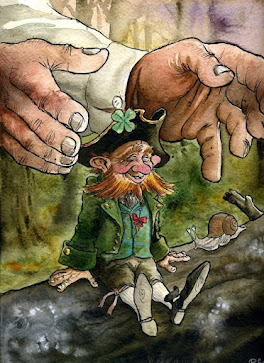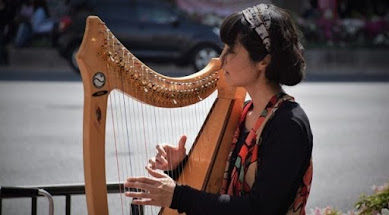Irish dance and music
Irish culture is not complete without dance and music, which have a long history. Irish dance and music frequently go hand in hand, with traditional Irish music providing the melodic and rhythmic framework.
With various regional forms and variations, Irish dance has developed over the years. Step dancing, one of the most well-known forms, is distinguished by its complex footwork, rigid upper body, and arms at the sides of the dancer. Other dance forms include set dancing, which is comparable to square dancing, and ceili dancing, which is a social dance done in groups.
With a wide range of instruments and musical styles, Irish music is similarly diversified. The violin, tin whistle, bodhran (a sort of drum), and accordion are among the most often used instruments in Irish music. Irish traditional music is renowned for its upbeat beats and earworm melodies, frequently with rapid-fire ornamentation.
Due in part to programs like Riverdance and Lord of the Dance, Irish dance and music have recently become more well-known throughout the world. These performances have aided in introducing Irish dance and music to a large international audience and have motivated other individuals to pursue the art form themselves.
There are numerous Irish dance and music schools now, giving instruction in anything from classical step dancing to more contemporary fusion styles. Irish dancers and musicians from all over the world congregate for these well-attended tournaments to display their talents and celebrate Irish culture.
Overall, Irish dance and music represent the nation's rich history and strong feeling of identity as a vital and significant aspect of Irish culture. Irish dance and music continue to enthrall and inspire audiences all over the world, whether at traditional ceilis or contemporary performances.






Comments
Post a Comment